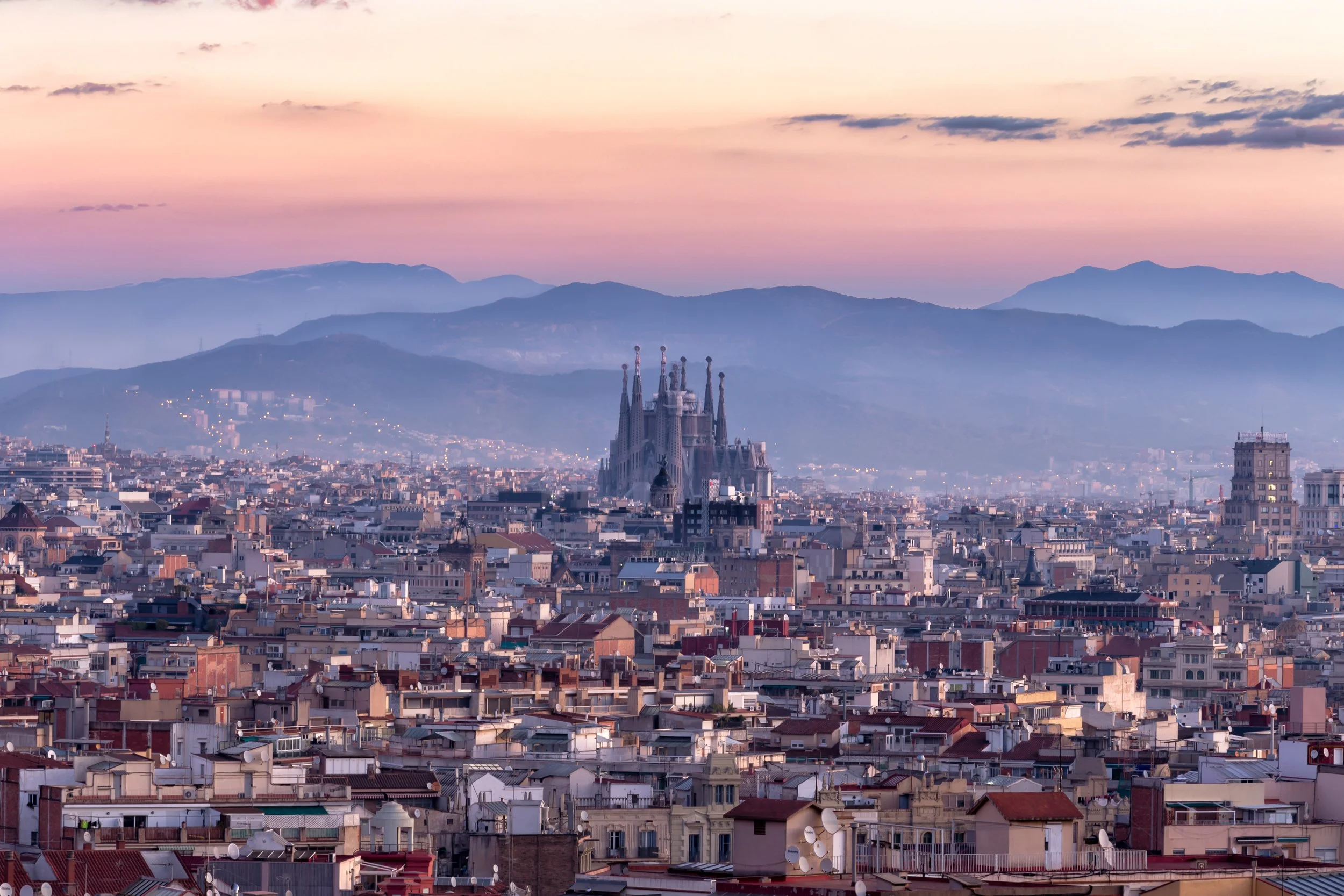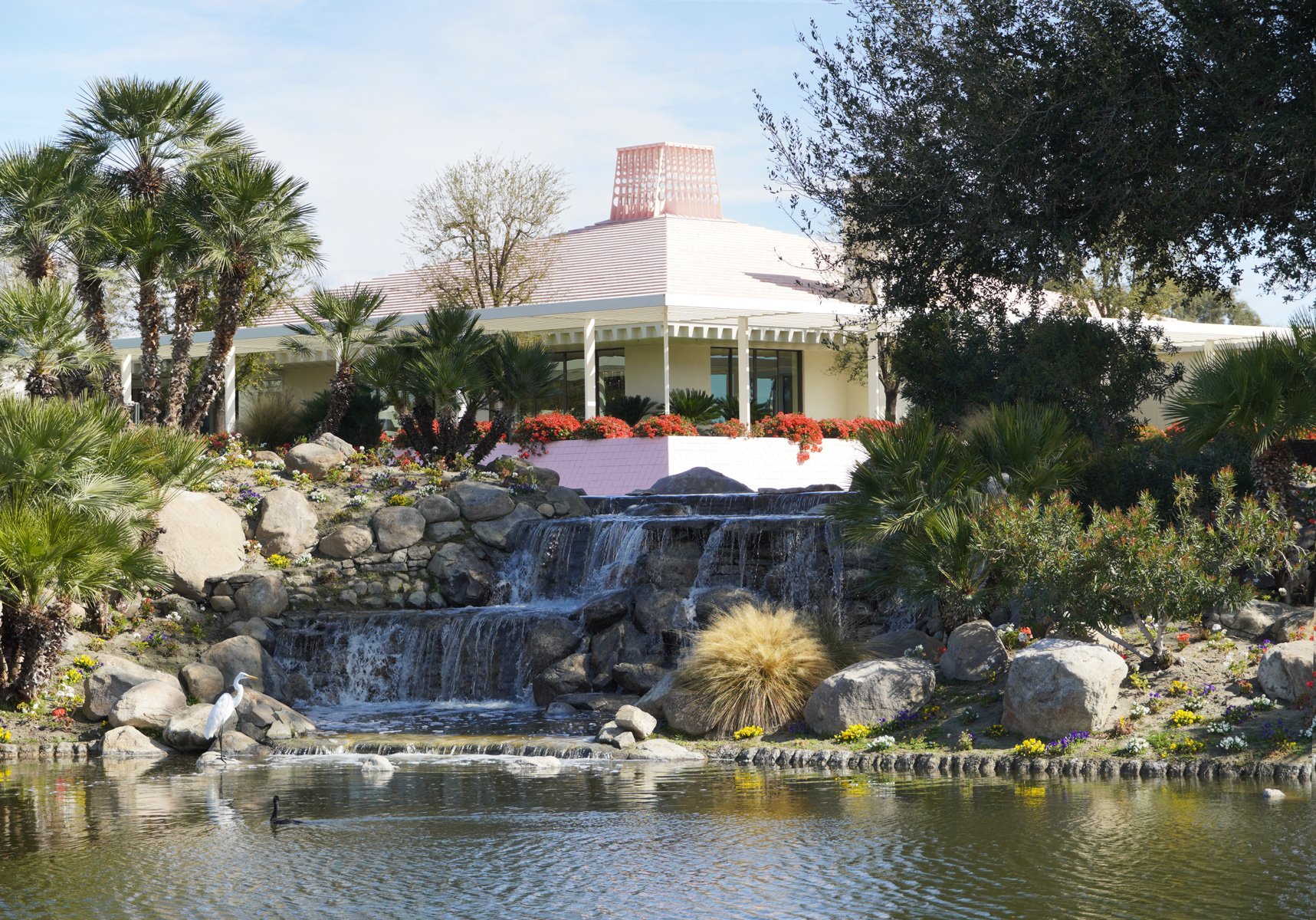The Architecture of William F. Cody
William F. Cody was educated at the University of Southern California in the 1940s. He graduated from USC in 1942 and moved to Palm Springs in 1946. William F. Cody is among the most impressive mid-century modern architects due to his vast portfolio of built work in Palm Springs, California. Through hundreds of built projects, Cody experimented, refined, and mastered desert modern architecture. He created buildings that fit the local environment and suited the lifestyle of post-war America.
Photograph of the William Cody Residence. Photograph Copyright by Mitchell Rocheleau
Photograph of the William Cody Residence. Photograph Copyright by Mitchell Rocheleau
Practice vs. Theory
William Cody was much more of a practitioner than a theoretician. He preferred building over hypothesizing about architecture. Compared to many European modernists crafting elaborate treatises but building very little work, Cody was implementing, testing, and constructing his ideas in the field. Cody’s relentless courage to build, experiment and explore the physical world allowed him to receive direct feedback rooted in reality and everyday practicalities.
By working through doing he learned many valuable lessons. One can gather immediate feedback by courageously iterating, testing, and failing. The cumulation of these experiences slowly elevated the quality of Cody’s work over time.
Photograph of the William Cody Residence. Photograph Copyright by Mitchell Rocheleau
Photograph of the William Cody Residence. Photograph Copyright by Mitchell Rocheleau
Site-Specific Unique Architecture
Unlike many of his contemporaries practicing in Palm Springs, Cody showed little interest in creating prototypical and prescriptive buildings capable of being repeatedly inserted into any site. He was much more interested in site-specific, unique architecture that responded directly to the context of the project.
Many of Cody’s contemporaries were exploring prefabrication techniques and the replication of a single design on multiple lots. This was common practice at that time because of the housing demand of the post-war boom. Developers like Eichler and the Alexanders worked on many of these large tract developments. However, Cody’s involvement in this type of project was limited.
Cody seems to have avoided tract development projects with repeatable models and components. This is surprising given the repeated, predictable source of income that often results from these projects. One development could support an architectural practice for several years. This suggests that his interest in unique architecture was more important to him than economic benefit.
Photograph of the William Cody Residence. Photograph Copyright by Mitchell Rocheleau
Photograph of the William Cody Residence. Photograph Copyright by Mitchell Rocheleau
“Style”
Cody did not have one identifiable “style.” Although his ideas and design principles are rooted in modernism, the aesthetic appearance of his buildings varies significantly across his body of work.
With each project, he responded in a unique way without confining himself to a singular aesthetic style. His designs kept the fundamentals of scale, proportion, light, materials, and space intact. This is a sign of a skillful and talented architect.
Transcending the tendency to revert to your last project's architectural language or style is challenging. It takes awareness, experience, maturity, and skill. This does not mean that every project should radically depart from past work. However, allowing the specific parameters of a project to guide the design will typically create a higher quality building and experience for the users.
Photograph of the William Cody Residence. Photograph Copyright by Mitchell Rocheleau
Flexibility and a Unique Interpretation of “Modernism”
It is vital to respond to the zeitgeist of contemporary culture; however, a ridged adherence to the trendy orthodox manifestos of the day, without the injection of spirit or response to site/client specifics, often produces a building without soul and character.
For me, this is what Cody did best. He understood, appreciated, and implemented Modernist ideas. However, he dared to mold, modify and warp his projects without the concern of being criticized for their lack of strict adherence to academic ideals. This resulted in architecture with depth and richness. It separated his work from many practicing modern architects of the time.
In my experience, many architects resist diversion from current trends for fear of being criticized by their colleagues or the public. In reality, this rigid perspective only exists in small circles. Cody was too busy building projects to worry about this.
Final Thoughts
After studying Cody’s body of work and visiting many of his buildings, I have developed a deep appreciation for not just his work but also for William Cody, the person. His courage, resiliency, focus, and persistence are admirable. These traits helped him to become one of the most influential architects in Palm Springs.
References:
Cody, Catherine, et al. Master of the Midcentury. The Monacelli Press, LLC, 2021































Principal and Architect of ROST Architects, Mitchell Rocheleau, discusses the significance of The Grand Louvre designed by Architect I.M. Pei, the history of the Louvre, design process, design theory and ideas behind the project.